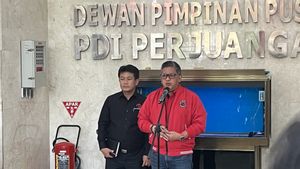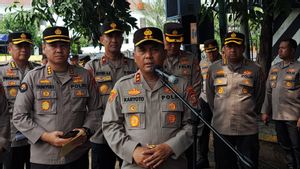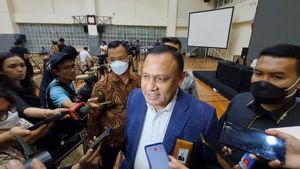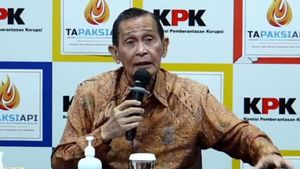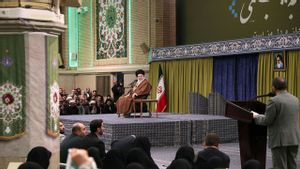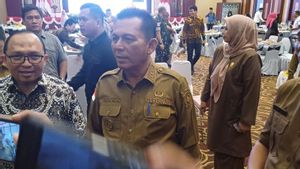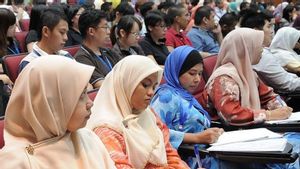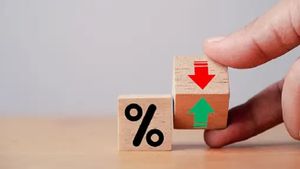Depok Deputy Mayor Imam Budi Hartono stated, for 2023 Depok City, West Java was ranked fourth nationally as the area with the lowest poverty.
"This year, with a poverty rate of 2.38 percent. Depok City is ranked fourth nationally, the lowest poverty level area," said Imam Budi Hartono in Depok, as reported by Antara, Thursday, December 21.
For the first position, there is Sawahlunto City 2.27 percent, Bandung Regency, and Balikpapan City. Last year, Depok City's poverty rate was 2.53 percent and ranked 5th nationally.
"The poor population is calculated from Susenas, namely residents who have an average per capita expenditure per month below the poverty line," he said.
The man who is familiarly with Bang Imam said that the problem of poverty is one of the fundamental problems that is the center of attention of the government. One of the important aspects to support poverty reduction strategies is the availability of accurate poverty data.
"Beliable poverty measures can be a formidable instrument for policy makers in focusing their attention on the living conditions of the poor," said Bang Imam.
Furthermore, Bang Imam said good poverty data could be used to evaluate government policies against poverty, compare poverty between time and region, and determine the target of the poor with the aim of improving their condition.
"The poverty rate (GK) is the addition of the food poverty line (GKM) and the non-food poverty line (GKNM)," said Imam Budi Hartono.
Imam said that people who have an average monthly per capita expenditure under GK are categorized as poor people.
Then GKM is the expenditure value of the minimum food requirement which is equivalent to 2100 kilocalorie per capita per day.
"Commodity packages for basic food needs are represented by 52 types of commodities (padies, tubers, tubers, fish, meat, eggs and milk, vegetables, nuts, fruits, oil and fats, and others," he said.
He added that GKNM is the minimum requirement for housing, clothing, education and health.
The basic non-food basic necessities commodity package is represented by 51 types of commodities in urban areas and 47 types of commodities in rural areas.
Imam said BPS uses the concept of ability to meet basic needs or "basic needs approach" in measuring poverty.
With this approach, poverty is seen as an economic inability to meet basic food and non-food needs as measured in terms of expenditure.
"The source of data used to calculate poverty at the district/city level in 2023 is data from the 2023 March Expenditure Consumption Susums data," he said.
SEE ALSO:
The English, Chinese, Japanese, Arabic, and French versions are automatically generated by the AI. So there may still be inaccuracies in translating, please always see Indonesian as our main language. (system supported by DigitalSiber.id)
Most Popular Tags
#Prabowo Subianto #New Year #Mother's Day #nataru #NatalPopular
23 Desember 2024, 00:04
23 Desember 2024, 06:00
23 Desember 2024, 03:01
23 Desember 2024, 00:55
23 Desember 2024, 04:15




